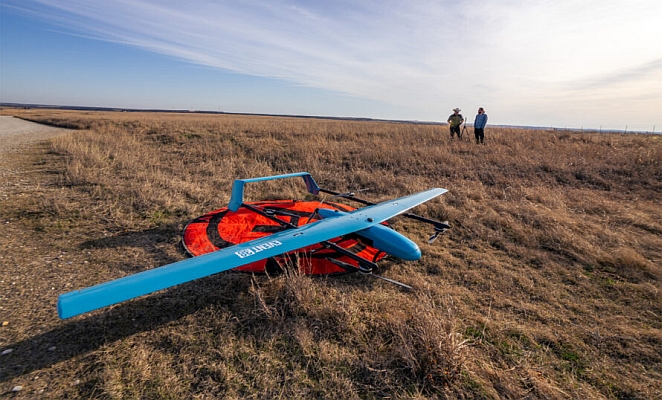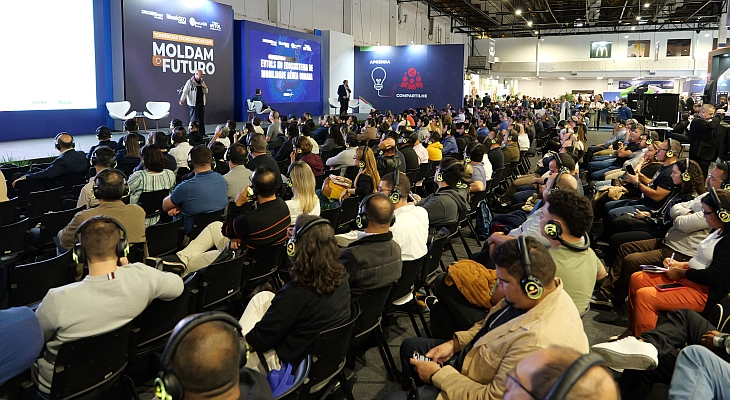The unmanned aerial vehicle (UAV) industry has advanced more in the past ten years than traditional aviation has in five decades. But what truly sets the next generation of drones apart from those currently in operation?
For TUPAN, the answer lies in three inseparable technical pillars — and one strategic factor that positions Brazil as a unique global player.
1. Performance that Combines Speed, Payload, and Efficiency
The era of limited multirotors carrying only a few kilos for a few minutes is over. TUPAN Aircraft’s models and custom projects deliver:
- High cruise speeds (120 km/h+ for hybrid models)
- Elevated payload capacity — from the Snipe 300 (20 kg) to the TUPAN 1000 (400 kg), without sacrificing range
- Reduced consumption thanks to an alcohol-electric hybrid system with ultra-low power and regenerative energy recovery
The result: competitive operational costs (OPEX) compared to light helicopters — without the need for helipads or runways.
2. True Autonomy — Not Just Flight Time
In the next generation, autonomy means minimal human intervention and full digital integration:
- Redundant GNSS/INS navigation and backup sensors
- Gate-to-gate flight modes — vertical takeoff, cruise, landing, and automated system checks
- Open APIs for integration with ERPs, logistics platforms, and emergency or defense control centers
This embedded intelligence allows the LogBee to run autonomous door-to-door delivery routes in remote areas, or the GuardianBee to launch immediately when a satellite detects a heat signature in forested regions.
3. Modularity as a Business Requirement — Not Just an Engineering Option
Manned aircraft rarely swap wings or engines after certification. In the drone world, mission defines configuration. TUPAN’s “lego-like” modular architecture enables:
| Component | Interchangeable Options | Practical Example |
| Wings / spars | high-lift airfoil × stealth profile | AgroBee (spraying) × Garuda 400 (surveillance) |
| Main propulsion | EDF, turbojet, hybrid turbofan | Snipe 100 (pure electric) × KAD-20 (long-range turbojet) |
| Payload bay | liquid tank, logistics pod, ISR sensor, warhead | Same fuselage supports agro, logistics, or tactical ops |
Companies and governments are no longer “buying a drone” — they are acquiring an evolving system, extending product lifespan and reducing CAPEX.
Brazilian Engineering and Technological Sovereignty: The Invisible Edge
Building in Brazil is not just patriotic — it’s a strategic market decision. By developing its own propulsion, embedded electronics, and mission software, TUPAN avoids international export restrictions and delivers ready-to-deploy solutions to clients needing independence from foreign suppliers.
- For government entities, it means data security and local support
- For private companies, it ensures rapid updates, onshore maintenance, and full customization without third-party royalties
Practical Benefits of TUPAN Sovereignty
- Defense & Public Safety – firmware updates without external approval
- Agribusiness – immediate adaptation to spraying or phytosanitary regulations
- Logistics – integration with Brazilian fiscal and customs systems, free of foreign “black boxes”
Conclusion
The next generation of drones is not defined by a single leap in flight time or speed — but by the convergence of performance, intelligence, and modularity, all backed by 100% national engineering.
With a portfolio ranging from 20 kg tactical models to 900-liter payload platforms, TUPAN proves that Brazil is not just a user, but a protagonist in shaping autonomous aviation — capable of transforming agriculture, logistics, defense, and environmental protection.
TUPAN – Next-Gen Aircraft: Brazilian technology evolving at the speed of your mission.







